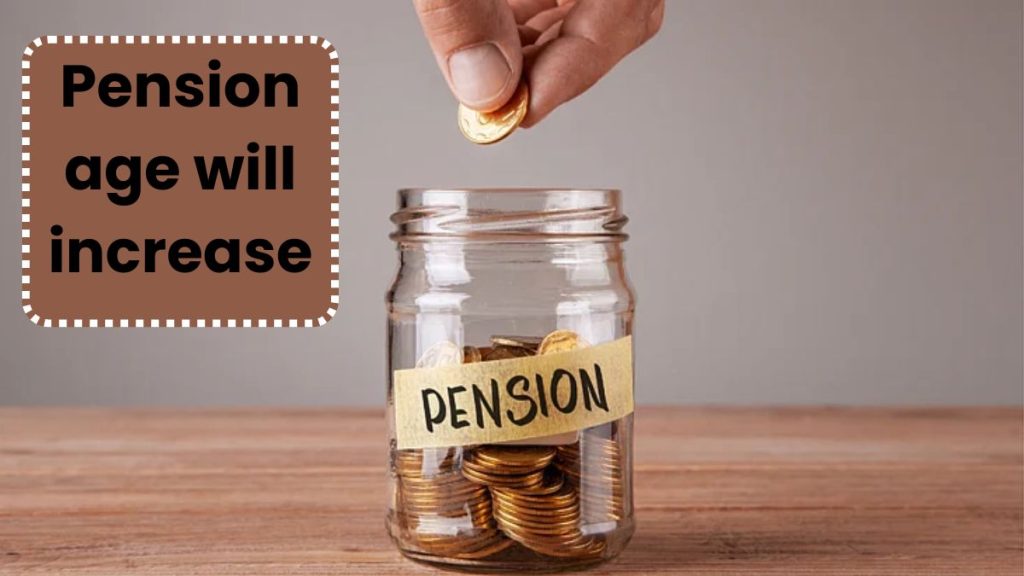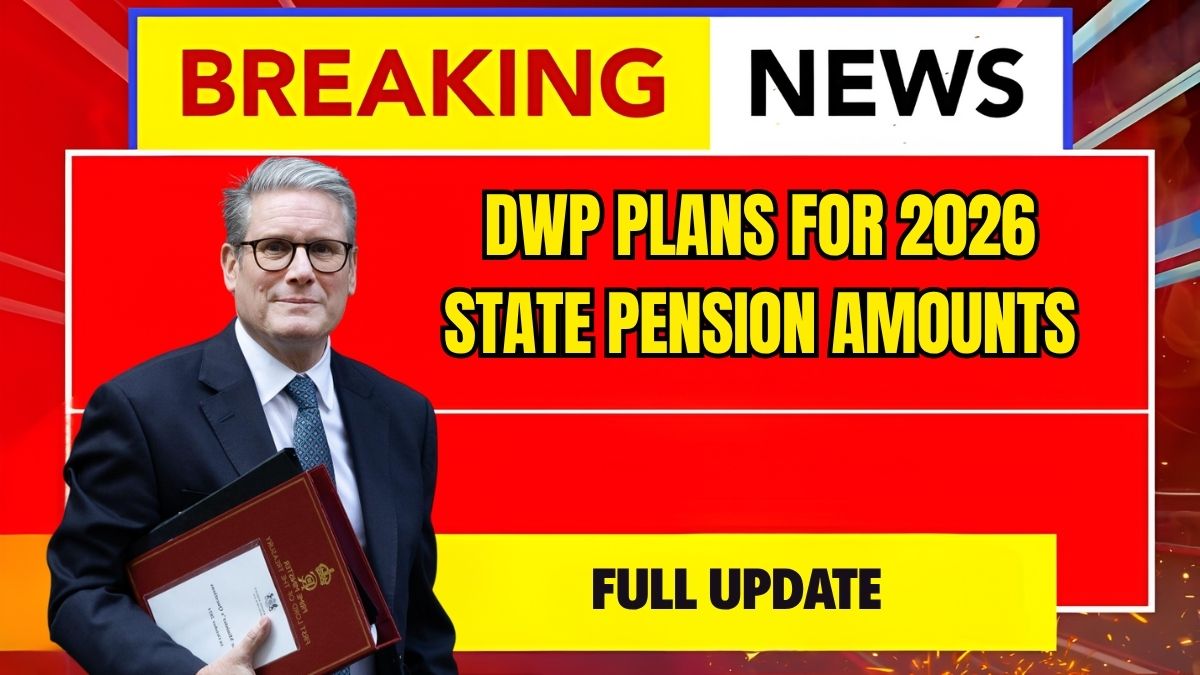The face of Britain’s pension system will change from 2026: know how your State Pension amount can decrease. The UK government has announced major changes in the State Pension system in 2026. These changes can have a direct impact on crores of people receiving pension. At first glance, the pension amount may be increasing, but in reality the amount reaching your pocket may decrease.
If you are preparing for retirement or are already dependent on State Pension, then this information is very important for you. In this article, we will explain in detail what changes have been announced, what effect they may have on you, and what steps you can take now so that you do not have to worry in the future.
Change 1: Pension age will increase

- The biggest change is increase in the age of State Pension.
- In the period of 2026 to 2028, the pension age is expected to reach 67 years after currently standing at 66 years.
- This is to be brought in phases and it will apply to individuals born between 6 April 1960 and 5 April 1977.
- This means that if you were planning to retire at 66, you will now have to wait one more year. This may seem like a small change, but it actually affects a year’s worth of pension money, which you will have to manage yourself – either by continuing to work or from personal savings.
- Think of it as if you are in a race and the finish line has suddenly been moved a kilometre away.
Post not found.
Change 2: The hidden blow in tax
- The Government has frozen the Personal Tax Allowance at £12,570 until 2028. This means the tax-free income limit will not increase.
- The new State Pension amount could reach £11,973 a year by 2025. That leaves just £597 tax-free.
- If you get any extra income from a private pension, interest from savings or part-time work, you’ll have to pay tax.
- The Government isn’t raising taxes, but quietly collecting more tax by freezing thresholds.
- It’s called the “Stealth Tax” – and it’s taking effect fast.
Change 3: Winter Fuel Payment won’t be available to everyone

Until now, the Winter Fuel Payment has been a big relief for the elderly in winter. But from 2026 it will be means-tested, meaning only people on Pension Credit or other low-income schemes will get it.
This change will put around 100,000 people out of this support. Especially people who are in need but are ineligible because they earn a few bucks more – they could really be “left out in the cold.”
Change 4: The Triple Lock will remain – but its meaning could change
- The good news is that the Triple Lock system will be retained. This means pensions will rise each year based on the highest of three increases (inflation rate, earnings rate or 2.5%).
- For 2025–26, the forecast is that pensions will rise by 4.1%, making the new State Pension £11,973 per year or £230.25 per week.
- While this increase sounds good, it could push more pensioners into the tax brackets. This means the increase you get could be accompanied by a tax bill.
What can you do right now?
Post not found.
- Check your pension status: Use the “Check your State Pension” tool on the Government website. This will tell you how much pension you will get, when you will get it and if there is a gap in your National Insurance.
- Do some tax planning: Plan your income to stay below £12,570. Use ISAs as the income from these is tax-free. Don’t mess with a private pension unless you need to.
- Apply for Pension Credit: If you’re eligible but haven’t applied yet, you’re missing out on more than £3,000 a year in benefits. Plus, it opens up perks like Winter Fuel Payment.
- Plan for energy costs: Energy Bill cost support is coming down. So it’s time to find a better tariff. Also, apply for schemes like Warm Home Discount.
Some more important tips
- Put off a claim: The longer you wait to claim the State Pension, the more you’ll get paid back each week – around 5.8% per year.
- Another strategy is to save up a bridge fund: In case of a rise in th pension age, you should have savings handy to cover the one-year gap.
- Watch inflation: this will directly reflect on your purchasing power.
- Get financial advice: Professionals dealing with tax and income planning would be able to assist you.
- Revisit every year: Needs and plans change so update your plan every year.
Conclusion
The changes coming in 2026 are interconnected and, when combined, could challenge millions of people’s retirement plans. The good news is there’s still time to prepare. If you pay attention to these things in time such as tax planning, planning expenses wisely, and using government assistance you can secure your future.
FAQs
Q1. What major change is happening to the UK State Pension in 2026?
A. The State Pension age is increasing from 66 to 67 between May 2026 and March 2028, affecting those born between 6 April 1960 and 5 April 1977.
Q2. How will this age increase affect pensioners?
A. It delays retirement for up to a year for those impacted, meaning they may need to keep working or rely on private savings to bridge the gap.
Q3. Is the State Pension amount going up or down?
A. While the full new State Pension is expected to rise (to £11,973 annually in 2025–26), more pensioners will pay income tax due to frozen tax thresholds.
Q4. What is the personal tax allowance issue?
A. The personal allowance is frozen at £12,570 until at least April 2028. With pensions rising, more people will exceed this threshold and owe tax on their income.
Q5. How many pensioners will pay tax by 2029?
A. Estimates suggest 5.5 million pensioners will be paying tax by 2029, up from 1.4 million in 2023.
